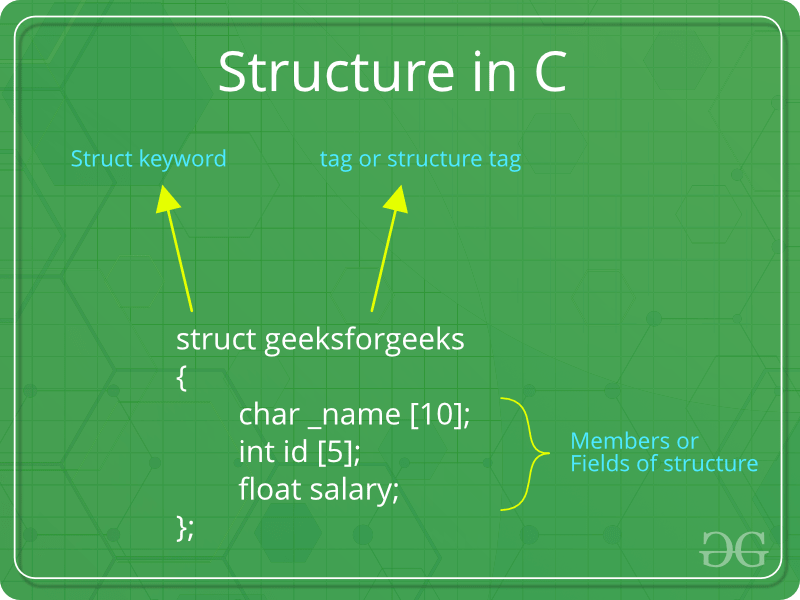NOTE BOOK - Data Structure
NOTE BOOK - Data Structure
____________________________________
VERY VERY VERY VERY Recommended You tube videos to study data structure is Here
___________________________________
Data Structures
A data structure is a particular way of organizing data in a computer so that it can be used effectively. A
Non-primitive data structure
The Non-primitive data structure cannot be directly controlled by computer commands. The Non-primitive data structure is derived from the primitive data structure.
There are two types of non-primitive data structure:
1. Linear data structure
2. Non-linear data structure
Linear data structure
Linear data structures are those data structures in which data elements are stored and organized in a linear manner, in which one data element is connected to another as a line. For example, array, linked list, queue, stack.
Non-linear data structure
Non-linear data structures are those data structures in which data elements are not organized in a linear manner. In this, a data element can be associated with any other data element. For example, tree and graph.
Data Structure Operations
Various data structure operations are used to process the data in a data structure which is as follows:
- Traversing: Visiting each element of the data structure only once is called traversing.
- Searching: Finding the location of the record or data in the data structure is called searching.
- Inserting: Adding the same type of element to the data structure is called insertion. An element can be added anywhere in the data structure.
- Deleting: Removing an element from a data structure is called Deletion. An element can also be removed from anywhere in a data structure.
- Sorting: Arranging a record in a logical order in the data structure is called shorting.
- Merging: In the data structure, the record is stored in many different files. Adding these different files to a single file is called merging.
Algorithm
An algorithm is a finite number of steps of well-defined instructions for solving a specific problem. The algorithm is used to read any problem and define its solution. Time complexity and space complexity is checked by the algorithm.
Time complexity
The time complexity of an algorithm is the amount of time the algorithm takes to complete its process. Time complexity is calculated by calculating the number of steps performed by the algorithm to complete the execution.
Space complexity
The space complexity of an algorithm is the amount of memory used by the algorithm. Space complexity includes two spaces: Auxiliary space and Input space. The auxiliary space is the temporary space or extra space used during execution by the algorithm. The space complexity of an algorithm is expressed by Big O (O(n)) notation. Many algorithms have inputs that vary in memory size. In this case, the space complexity that is there depends on the size of the input.
What is a structure?
A structure is a user defined data type in C/C++. A structure creates a data type that can be used to group items of possibly different types into a single type.

How to create a structure?
struct address { char name[50]; char street[100]; char city[50]; char state[20]; int pin; }; |
Array Data Structure
An array is a collection of items stored at contiguous memory locations. The idea is to store multiple items of the same type together. This makes it easier to calculate the position of each element by simply adding an offset to a base value, i.e., the memory location of the first element of the array (generally denoted by the name of the array).
1 D arrays use of one-D array to store a character and print
Formulas for calculation of address in 2D arrays
a[i][j] = (row
Circular linked list :-
Insertion of node at beginning
Insert a element at the end:-
Inserting an element at a specific position :consider position no 2
Deletion at the beginning -
Deletion at the End -
Deletion at a specific position
Doubly Linked List
struct node
{
struct node *prev;
int data;
struct node *next
}*head, *tail, *temp,*new;
traversal-
Inserting at Beginning
in case of insertion at the end
Insertion at a specific position
Deletion at beginning-
temp=head;
head=head->next;
temo->next=NULL;
head->prev=NULL;
at the end




















No comments :
Post a Comment
Note: Only a member of this blog may post a comment.